Vancouver is a rare metropolitan gem where skyscrapers and wilderness coexist in stunning harmony. This Canadian coastal city consistently ranks among the world’s most livable precisely because nature isn’t relegated to distant parks—it’s woven into the urban fabric, accessible within minutes from virtually any downtown location.
For travelers seeking the perfect balance between city conveniences and natural immersion, Vancouver delivers spectacularly. Here is a list of 20 locations where Vancouver’s urban nature shines brightest.
Stanley Park
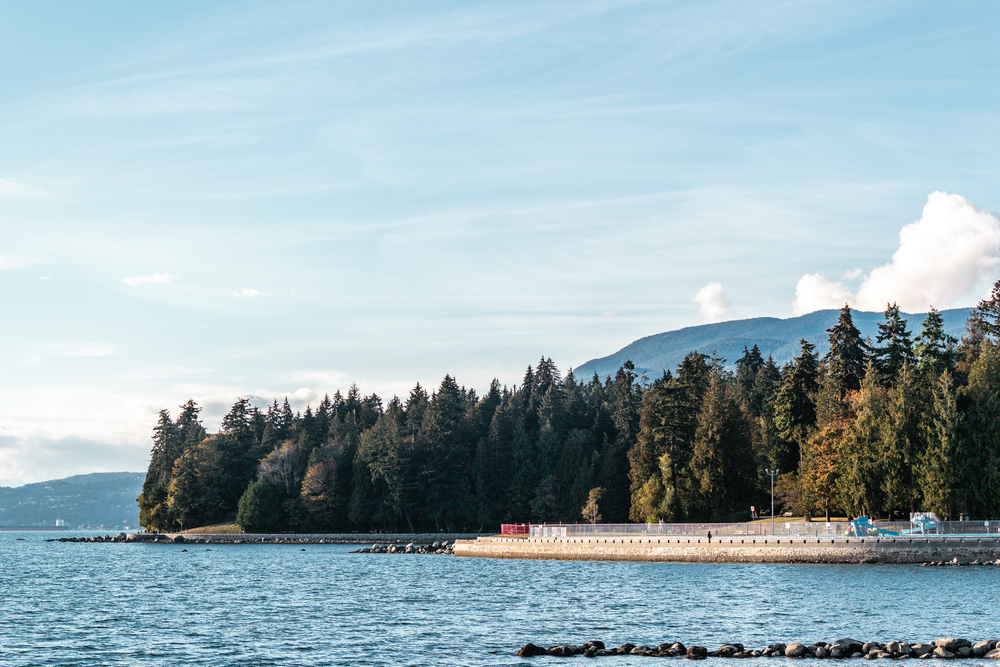
Vancouver’s crown jewel encompasses 1,000 acres of temperate rainforest that juts into the harbor on a peninsula ringed by a 5.5-mile seawall. Ancient cedar, hemlock, and fir trees create a cathedral-like interior that feels worlds away from the downtown skyscrapers visible through the canopy.
The park contains hidden beaches, cultural landmarks like totem poles, and wildlife, including bald eagles, great blue herons, and the occasional river otter patrolling the shoreline.
Pacific Spirit Regional Park
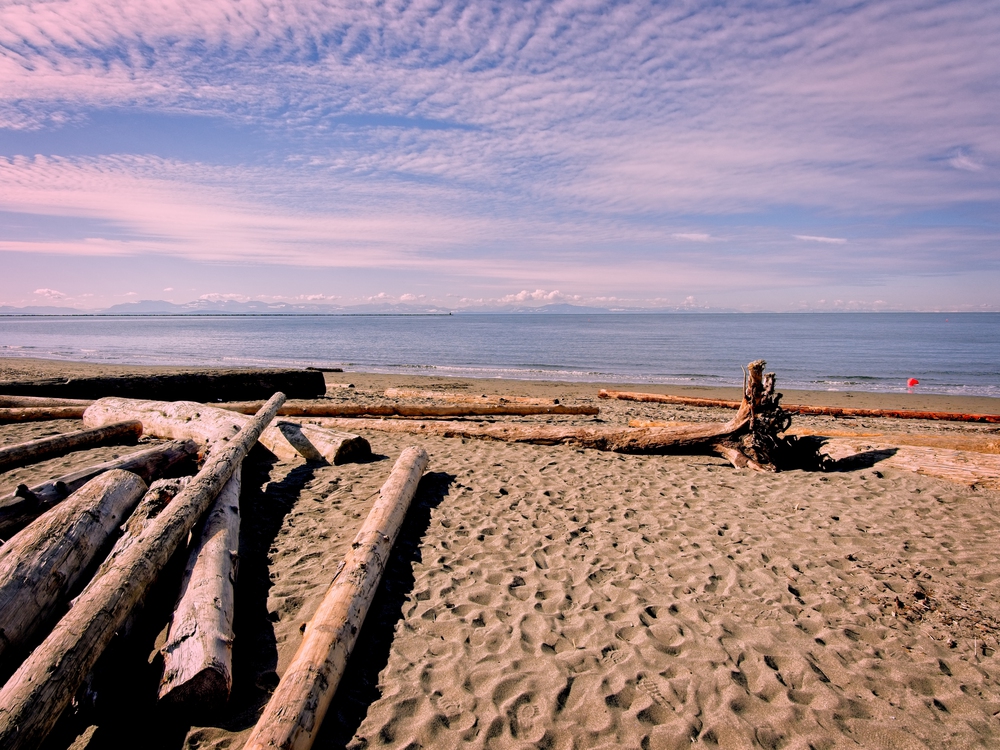
Encompassing 1,885 acres of forested land surrounding the University of British Columbia, this park preserves the coastal rainforest that once covered the entire region. Over 45 miles of trails wind through varied ecosystems, from dense second-growth forests to boggy wetlands that host native orchids and carnivorous plants.
The forest’s proximity to Vancouver’s western neighborhoods makes it possible to transition from urban shopping to wilderness hiking in under 15 minutes.
Like Travel Pug’s content? Follow us on MSN.
Queen Elizabeth Park
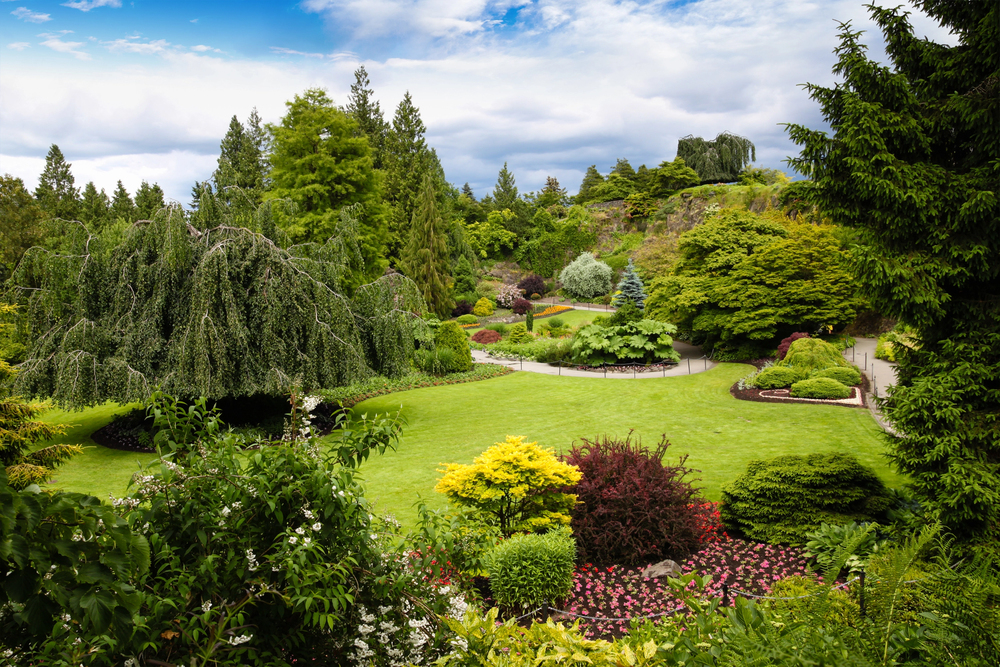
Built on the city’s highest point, this 130-acre horticultural showcase features stunning city views alongside meticulously maintained gardens. The former quarry, which was transformed into a sunken garden, creates microclimate conditions that support plants that shouldn’t survive in Vancouver’s climate.
Dawn and dusk bring photographers capturing the panoramic mountain and city vistas, while the park’s mature trees host barred owls frequently spotted by observant visitors.
VanDusen Botanical Garden
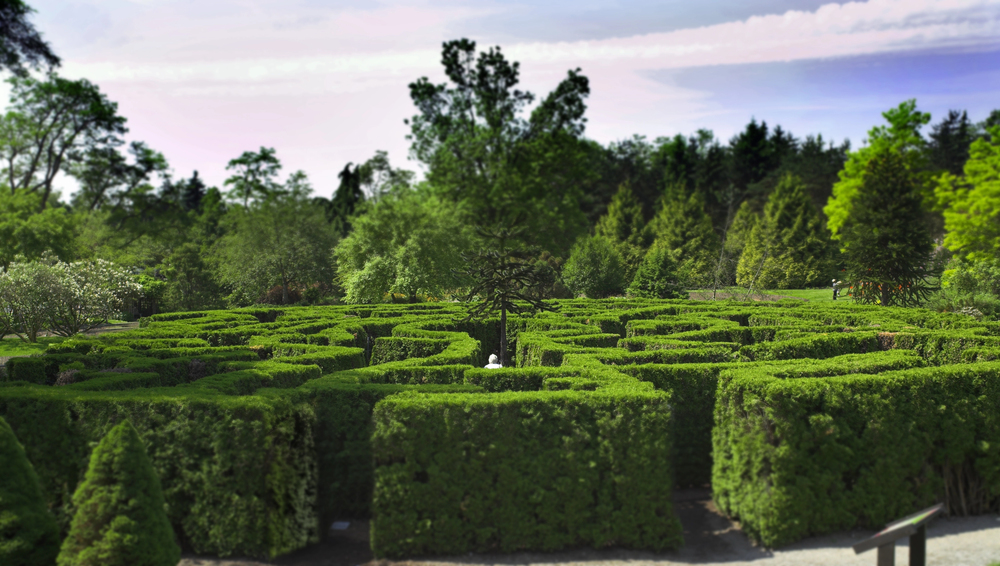
This 55-acre botanical wonderland showcases plants from ecosystems worldwide, organized by geographic origin and connected by a network of meandering paths. The Elizabethan hedge maze challenges visitors’ orientation skills, while the innovative visitor center features a living roof mimicking an orchid when viewed from above.
The garden’s seasonal highlights include spring cherry blossoms, summer roses, autumn maples, and winter witch hazels, ensure year-round natural spectacles.
Dr. Sun Yat-Sen Classical Chinese Garden

The first authentic full-scale Chinese garden constructed outside China creates an urban oasis in the heart of Vancouver’s historic Chinatown. Covered walkways, asymmetrical plant arrangements, and carefully framed views demonstrate traditional Ming Dynasty design principles that maximize beauty in limited space.
The garden uses horticultural techniques like penjing (the predecessor to bonsai) to create contemplative natural landscapes that change character with each season.
Like Travel Pug’s content? Follow us on MSN.
Lighthouse Park
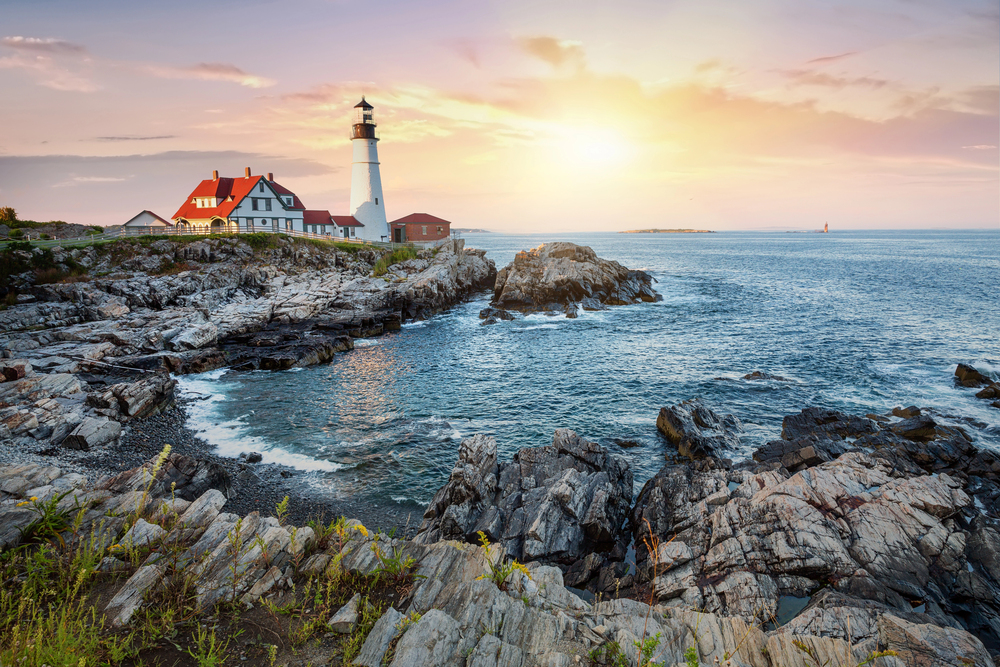
Old-growth forest meets dramatic shoreline in this West Vancouver preserve, which protects some of the largest remaining Douglas firs in the region. Some trees reach over 200 feet tall and exceed 600 years of age, creating a cathedral-like atmosphere along trails leading to rocky viewpoints.
The historic Point Atkinson Lighthouse stands as a picturesque landmark, while clear days offer views across Howe Sound to Vancouver Island and the Sunshine Coast.
Lynn Canyon Park
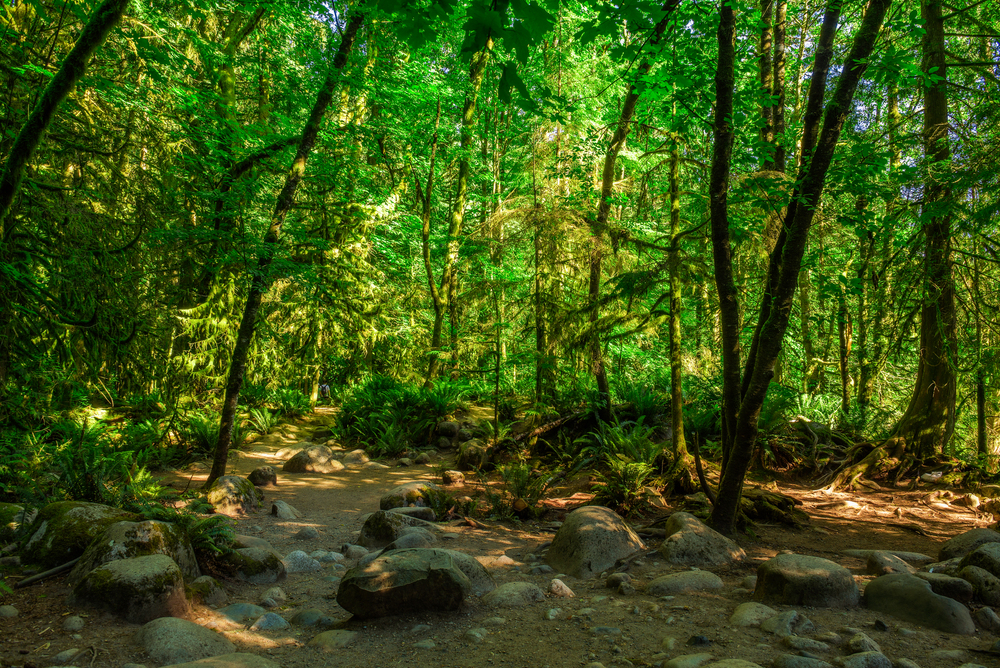
This North Vancouver wilderness area offers a free alternative to the popular Capilano Suspension Bridge, with its 130-foot-high crossing swaying above the churning waters of Lynn Creek. The park’s ecosystem ranges from second-growth forests to lush canyon bottomlands, where crystal-clear pools invite brave swimmers during the summer months.
The ecology center provides insights into the region’s biodiversity, while numerous trails connect to the more extensive North Shore mountain network.
False Creek Seawall

This urban waterway carves through Vancouver’s downtown core, surrounded by a continuous waterfront pathway connecting diverse neighborhoods. Olympic Village features innovative green buildings and restored shoreline habitats that attract kingfishers and herons just minutes from downtown.
The route passes under architectural marvels like Science World’s geodesic dome. It provides uninterrupted views of mountains, cityscapes, and marine activity, from kayakers to dragon boat teams practicing their synchronized paddling.
Like Travel Pug’s content? Follow us on MSN.
Kitsilano Beach
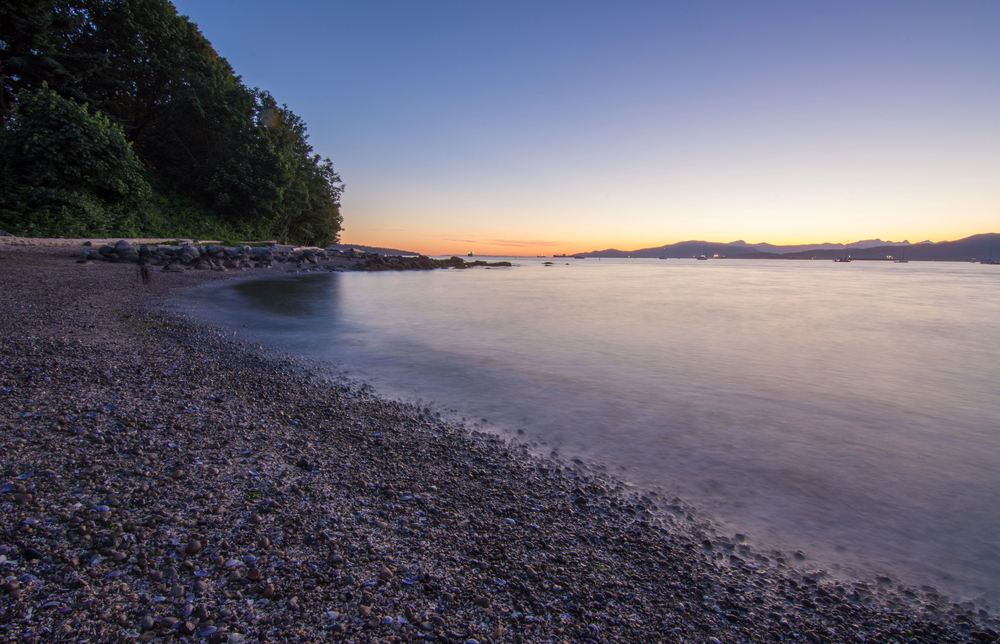
Vancouver’s quintessential urban beach combines natural beauty with city-inspired amenities—the expansive sandy shore frames postcard-perfect views of downtown’s skyline backed by the North Shore mountains. Marine life reveals itself during extreme low tides when intertidal zones expose starfish, anemones, and shellfish among the rocks.
The beach’s saltwater pool—Canada’s longest at 450 feet—provides swimming opportunities while overlooking the active shipping lanes of English Bay.
Jericho Beach
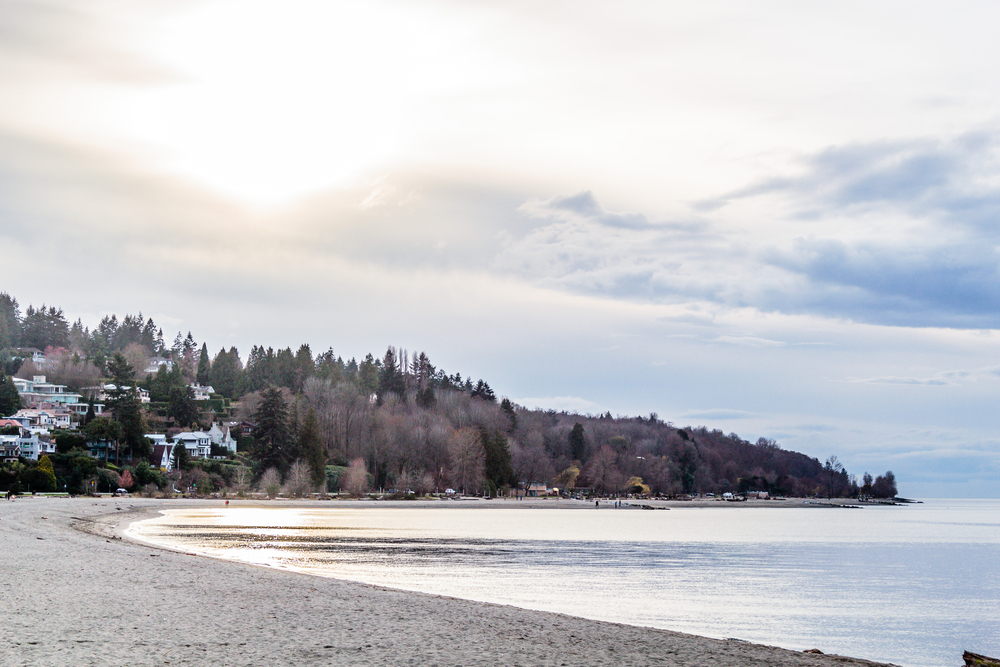
This beach park transitions from manicured playing fields through restored wetlands to a natural shoreline, demonstrating ecological restoration within urban contexts. The Jericho Sailing Centre launches windsurfers and sailors onto English Bay waters, while the park’s quiet eastern end preserves critical habitat for migratory birds and native vegetation.
Offshore, harbor seals frequently pop their heads above water, curiously observing the human activity along the beach.
Bloedel Conservatory
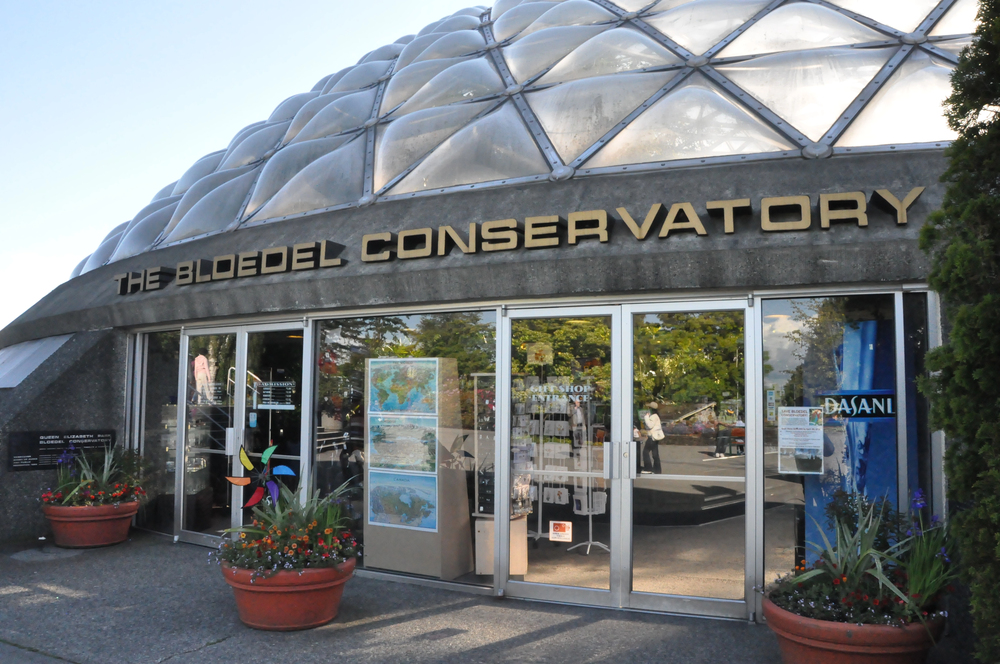
Perched atop Queen Elizabeth Park, this triodetic dome houses a tropical ecosystem complete with exotic birds flying freely among rare plants and flowers. The conservatory maintains three distinct climate zones, from tropical rainforest to desert, allowing visitors to experience diverse global ecosystems within a single structure.
The facility’s 1960s modernist architecture combines with lush plantings to create Instagram-worthy scenes regardless of Vancouver’s notoriously rainy weather outside.
Like Travel Pug’s content? Follow us on MSN.
Burnaby Mountain Conservation Area
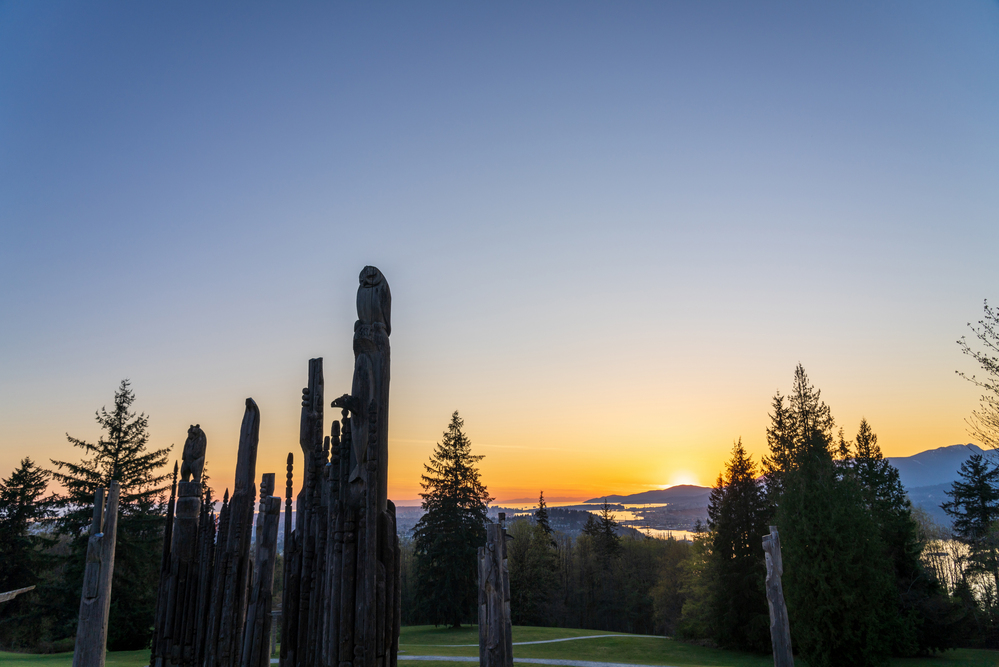
Rising 1,200 feet above surrounding neighborhoods, this mountain park surrounds Simon Fraser University with extensive trail networks through mature second-growth forests. The Playground of the Gods sculpture garden combines artistic elements with spectacular views across Burrard Inlet to Indian Arm and the North Shore mountains.
Autumn brings spectacular color as big-leaf maples turn brilliant yellow against the evergreen backdrop of hemlock and cedar trees.
Spanish Banks
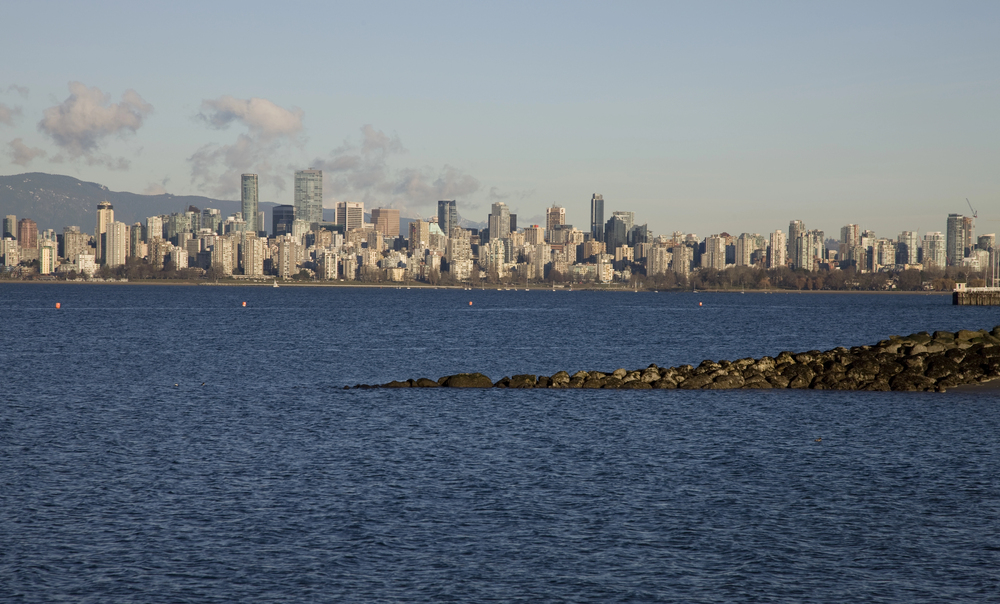
These connected beaches offer Vancouver’s best low-tide experience. When the ocean retreats nearly a kilometer, vast sandflats are exposed, perfect for Kimball, clam digging, or simply walking far into the normally submerged bay. The park’s western section remains relatively undeveloped, creating space for diverse recreational activities, from beach volleyball to off-leash dog areas.
Clear days reward visitors with views extending past Vancouver Island to the Olympic Mountains in Washington State.
Iona Beach Regional Park

Located near Vancouver International Airport, this unique ecosystem where the Fraser River meets the Salish Sea, creates a birdwatcher’s paradise. A 2.5-mile jetty extends straight into the open water, offering uninterrupted views of mountains, ocean, and sky while planes descend overhead.
The park’s engineered wetlands demonstrate how infrastructure and nature can coexist, with treated wastewater passing through constructed marshes that support diverse bird populations before returning to the ocean.
Like Travel Pug’s content? Follow us on MSN.
Hastings Park Sanctuary

This restored stream and wetland system stands as an urban renewal success story, transforming a corner of the Pacific National Exhibition grounds back to its natural habitat. Boardwalks cross through dense plantings of native species where coyotes, raccoons, and over 75 bird species have established residence despite the urban surroundings.
The sanctuary demonstrates how even small natural areas within city limits provide critical habitat stepping stones for wildlife moving through urban landscapes.
Everett Crowley Park
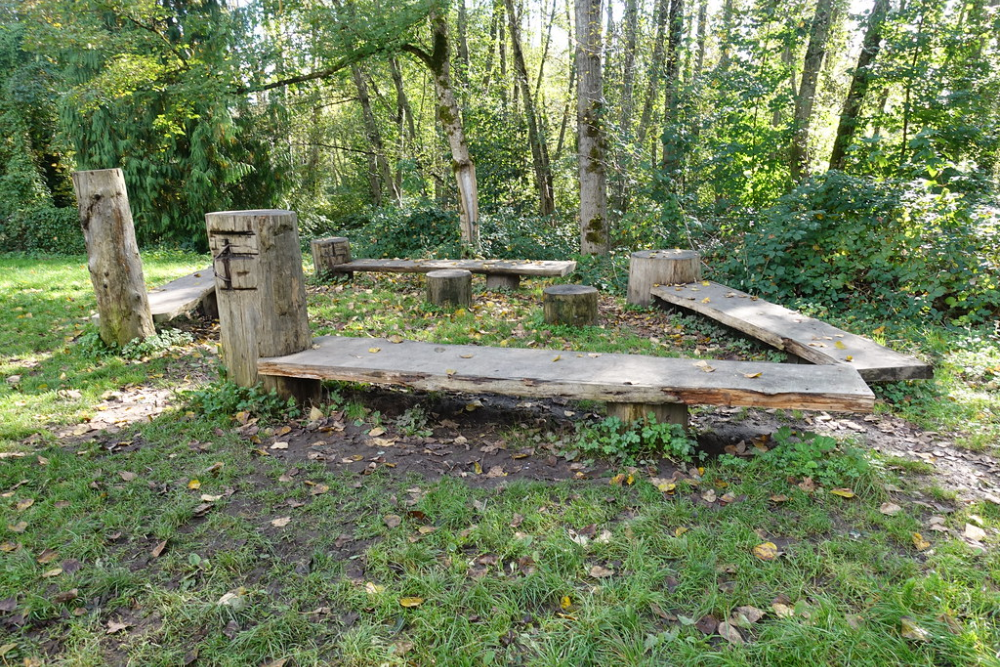
This former landfill transformed into a 40-hectare nature park demonstrates ecological regeneration in action. Urban forest now covers what was once Vancouver’s main garbage dump, with trails winding through habitat supporting deer, coyotes, and over 120 bird species.
The contrast between its industrial past and natural present makes this space particularly meaningful as an example of nature’s resilience when given the opportunity to reclaim disturbed landscapes.
New Brighton Park
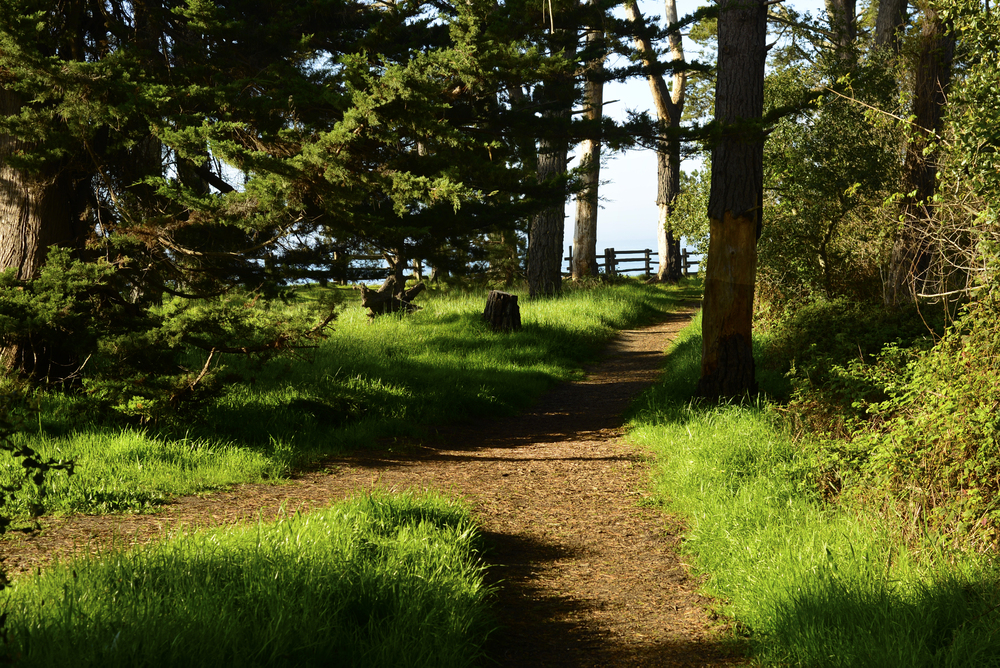
This East Vancouver shoreline park offers stunning views of the working port, mountains, and Burrard Inlet waters from a recently restored salt marsh habitat. The park’s restoration represents collaborative efforts between the Vancouver Park Board and local First Nations to reestablish ecosystem functions along the highly developed shoreline.
Morning visitors often encounter river otters, bald eagles, and great blue herons fishing along the coastline while massive cargo ships pass in the background.
Like Travel Pug’s content? Follow us on MSN.
Renfrew Ravine Park
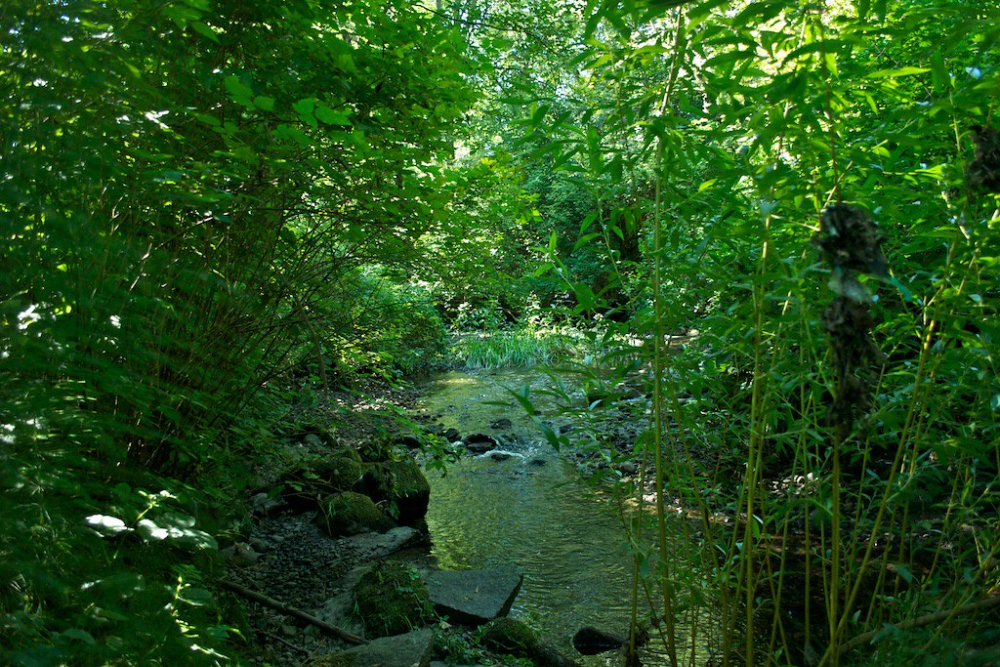
Vancouver’s only remaining visible creek ravine features Still Creek flowing through a natural canyon in East Vancouver. The forested corridor provides crucial habitat connectivity through otherwise densely developed neighborhoods, supporting wildlife movement and ecosystem services like stormwater management.
The annual Moon Festival celebrates this urban stream with lantern processions through the darkened ravine, connecting cultural traditions to environmental stewardship.
Arbutus Greenway

This former railway corridor transformed into a 5.6 mile linear park that connects diverse neighborhoods through a continuous green ribbon. The pathway supports separate lanes for pedestrians and cyclists, with numerous pocket parks, community gardens, and habitat restorations along its route.
Future development plans include expanded natural areas demonstrating how transportation infrastructure can simultaneously serve ecological functions in urban settings.
Strathcona Linear Park
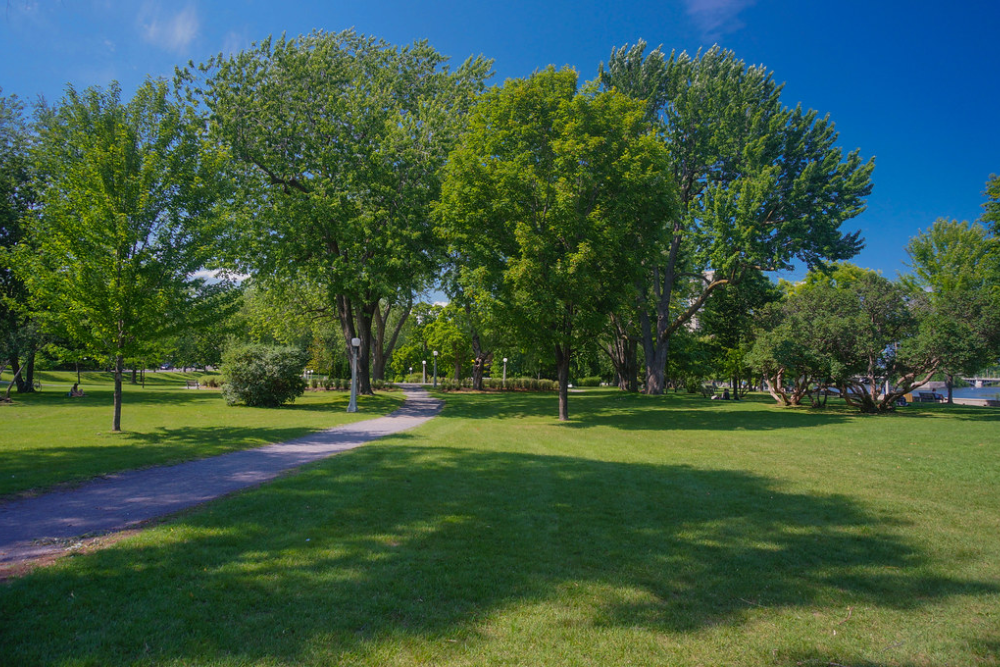
This narrow greenway follows a buried stream channel through Vancouver’s oldest residential neighborhood, creating habitat connections where buildings otherwise dominate. Community-led initiatives have installed rain gardens, native plantings, and public art highlighting the invisible hydrology flowing beneath city streets.
The park demonstrates how even the densest urban environments can incorporate natural elements when residents prioritize green space development.
Like Travel Pug’s content? Follow us on MSN.
The Nature-Urban Convergence
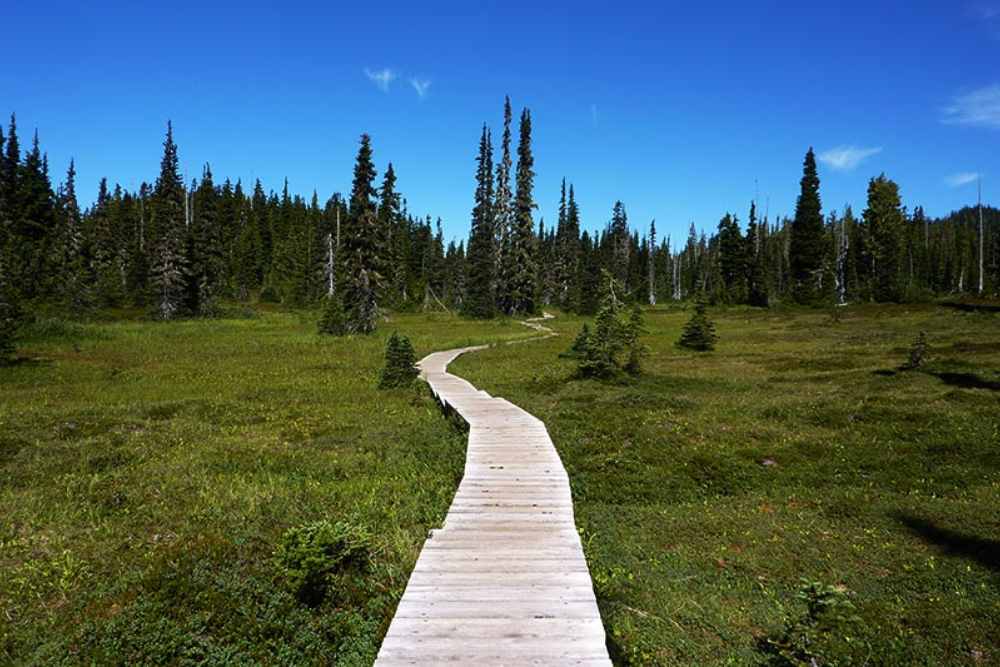
Vancouver’s distinctive approach to urban nature reveals a city that doesn’t merely tolerate natural spaces—it celebrates them as central to urban identity. These twenty locations demonstrate how wilderness and metropolises need not remain separate realms but can instead intertwine for mutual benefit.
The resulting environment supports human well-being alongside ecological function in ways that increasingly serve as models for urban development worldwide. For travelers seeking authentic experiences connecting with both natural and built environments, Vancouver offers something increasingly rare.
In this major city, wilderness remains part of daily life rather than a distant weekend destination. This integration of urban convenience with natural wonder creates Vancouver’s distinctive sense of place.
It provides visitors with unparalleled opportunities to experience the best of both worlds within a single vacation.
More from Travel Pug

- Cities Growing so Fast You Won’t Recognize Them in 10 Years
- 13 Destinations Where Tourists Regularly Regret Their Trip
- 20 Obscure WWII Sites Even History Buffs Don’t Know About
- 10 Under-the-Radar Mountain Towns That Are Both Affordable and Beautiful
- Remote Villages in Europe Where You Can Live for Free in Exchange for Work
Like Travel Pug’s content? Follow us on MSN.
